The first thing I did was to visit Olé, a hat shop that’s been a fixture on Calle Fortaleza in Old San Juan since 1977. I selected a Colombian short-brim straw fedora. The hatter measured me, gave me options for the band, and then expertly affixed it to the hat. This was my first-ever visit to a hat shop and my first-ever non-winter hat. At age 59, I actually began to feel like a grown-up.
I needed a hat because I’d recently buzz-cut my hair. It was a hot day and I knew I was going to be outside for most of it. It was about 10:00 in the morning and Sanse–more formally, the Fiestas de La Calle San Sebastián–lasts all day and well into the night.
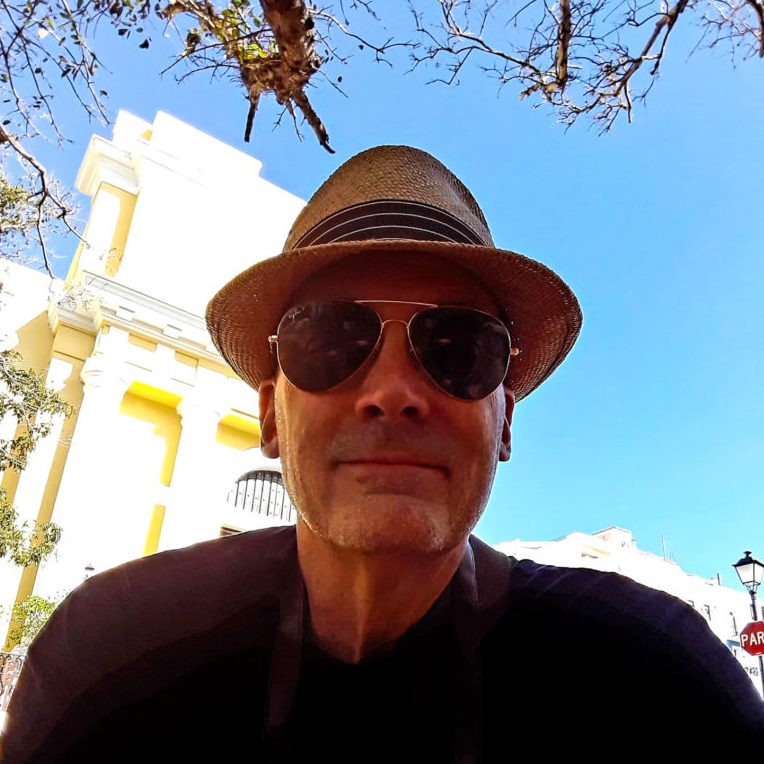
Properly topped, I began to wander the streets of Old San Juan, waiting for the party to begin. The whole area had been closed to vehicular traffic, which made walking in Old San Juan much more enjoyable. (Memo to Mayor Yulín Cruz: why not close Old San Juan to vehicles all the time?) I saw food stalls, street sweepers, banners, posters, decorations, flags, garbage cans, Porta Potties, and police officers All that was missing were the throngs — but they were coming.
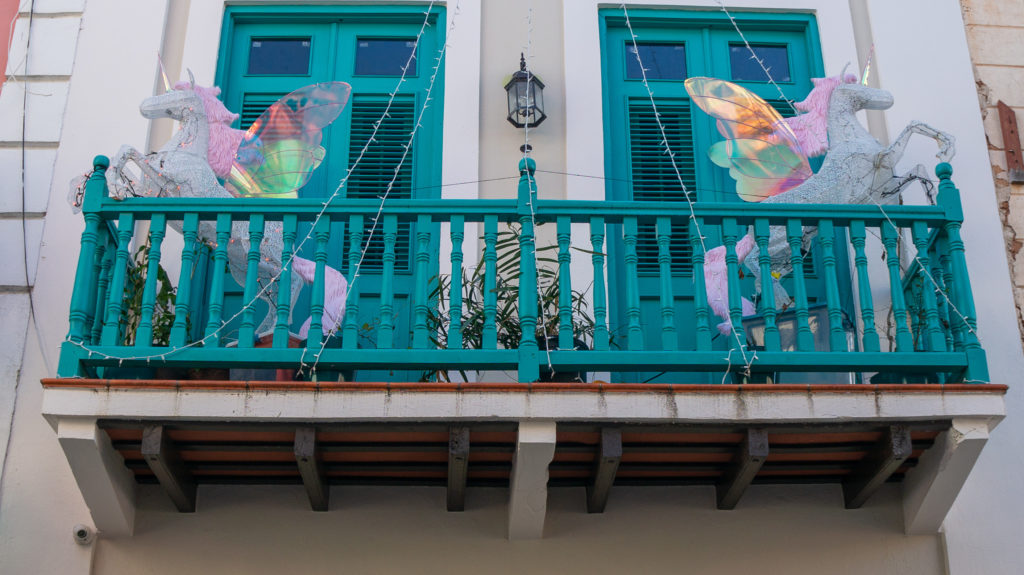
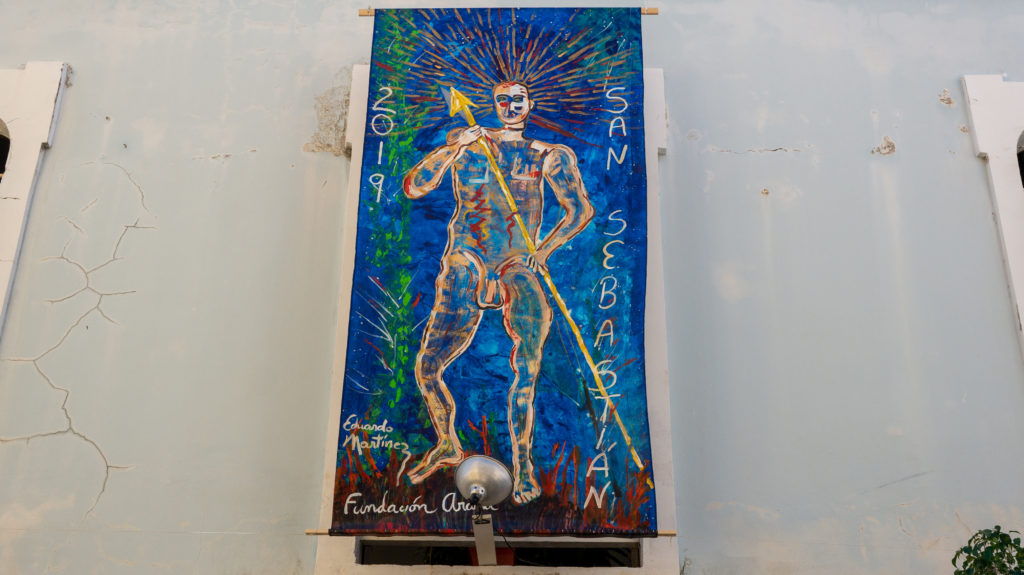
There was an air of expectancy, of let’s-get-this-party-started. People set up on balconies, drinks already in hand before noon, and watched the scene unfold.
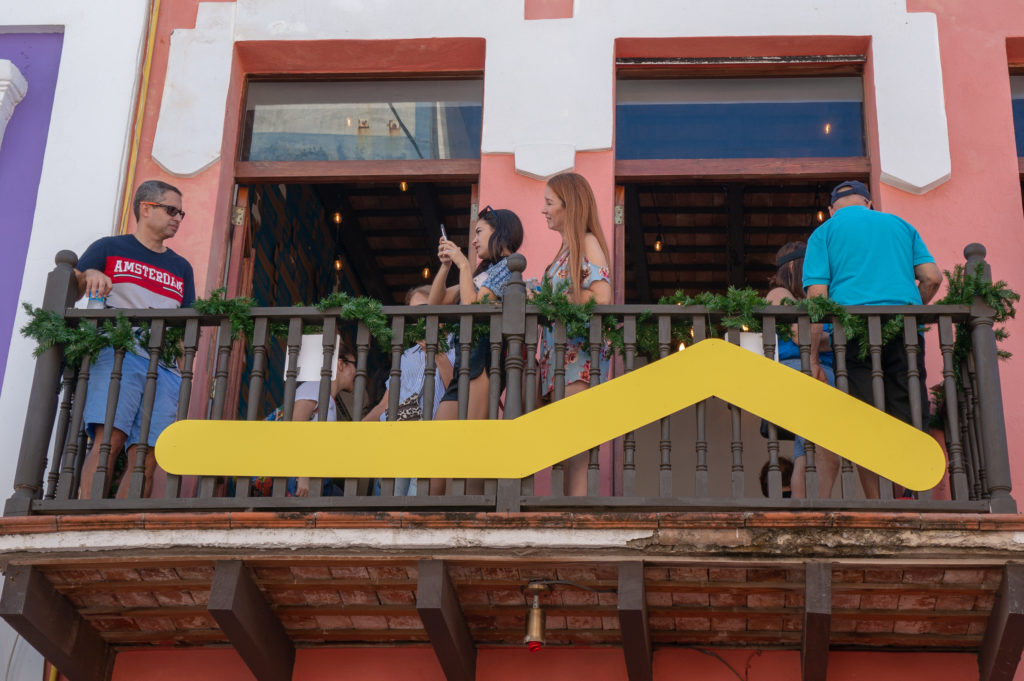

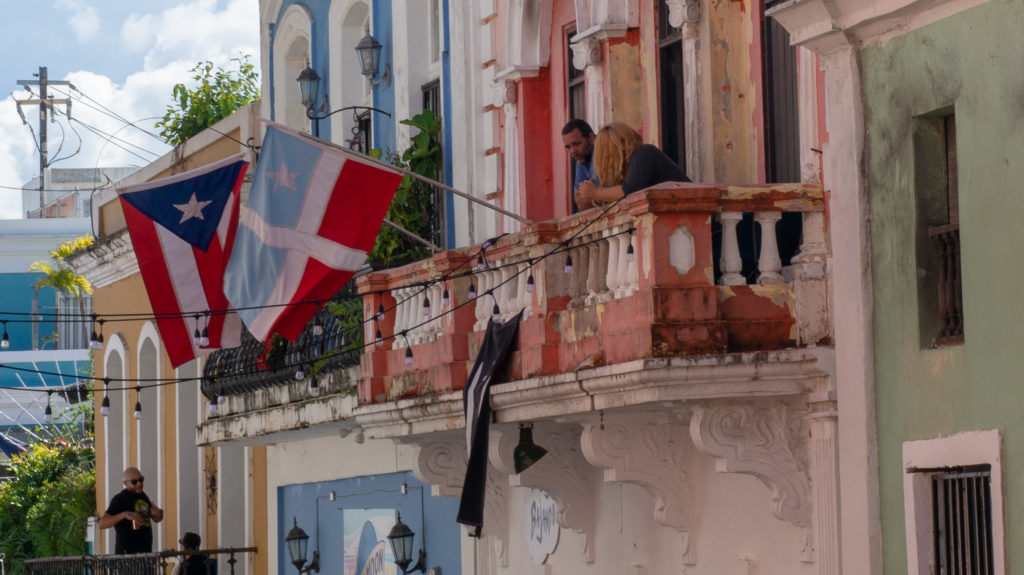
As the narrow streets began to fill up with people, acrobats and muralists started practicing and making ready.
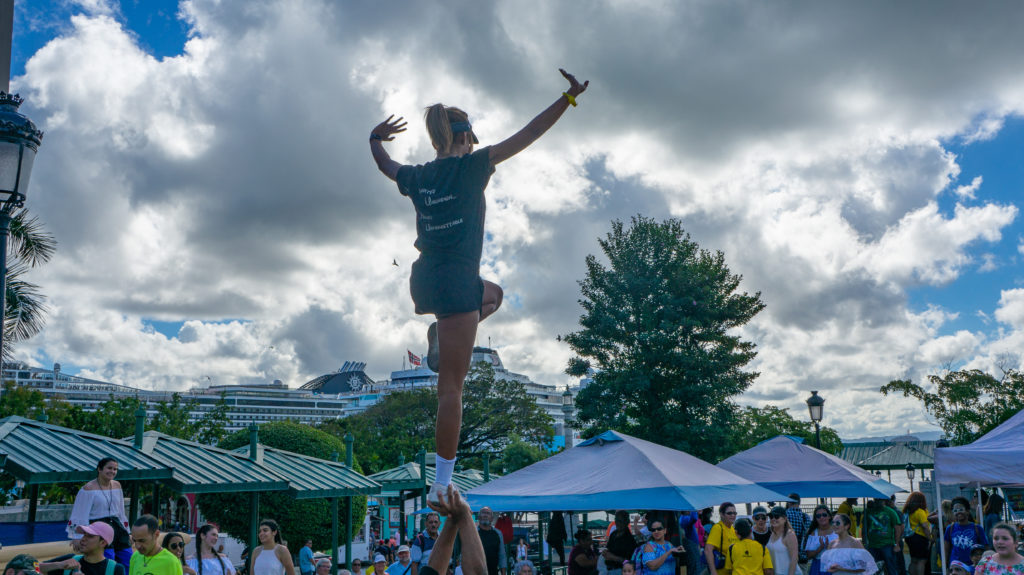
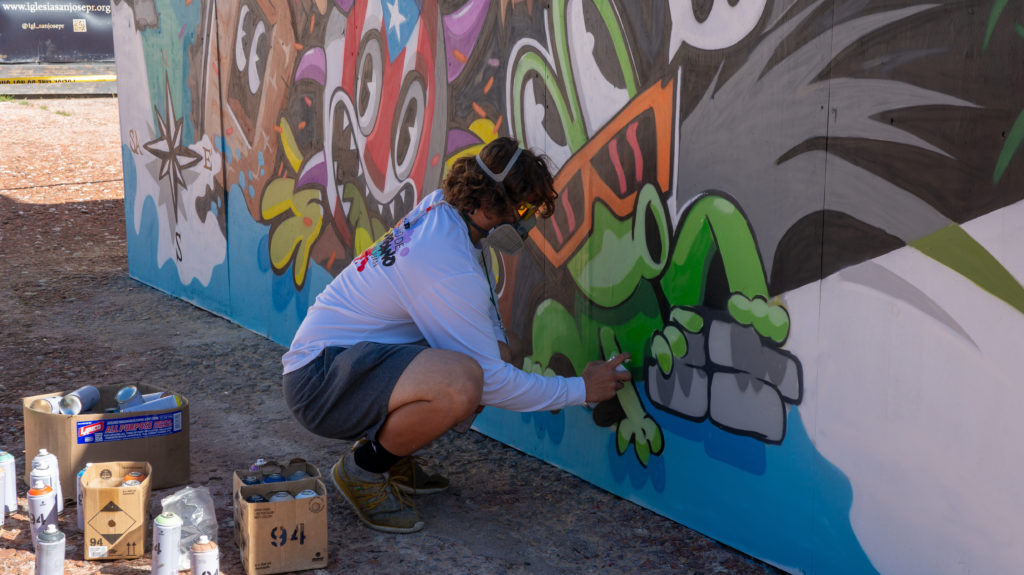
Then the parades began. Sanse is nominally a religious festival, showcasing a strain of joyful, welcoming Christianity that I’d like to see more of. Still, it’s a bit of a mind-bender to try to square the Bacchanalia of Sanse with the historical Saint Sebastian, a third century Christian who was tied to a tree, shot full of arrows, and survived only to be clubbed to death by Diocletian’s goons shortly thereafter. This doesn’t seem like a reason to throw a party to me, but hey, when in Puerto Rico, I do as the Puerto Ricans do.
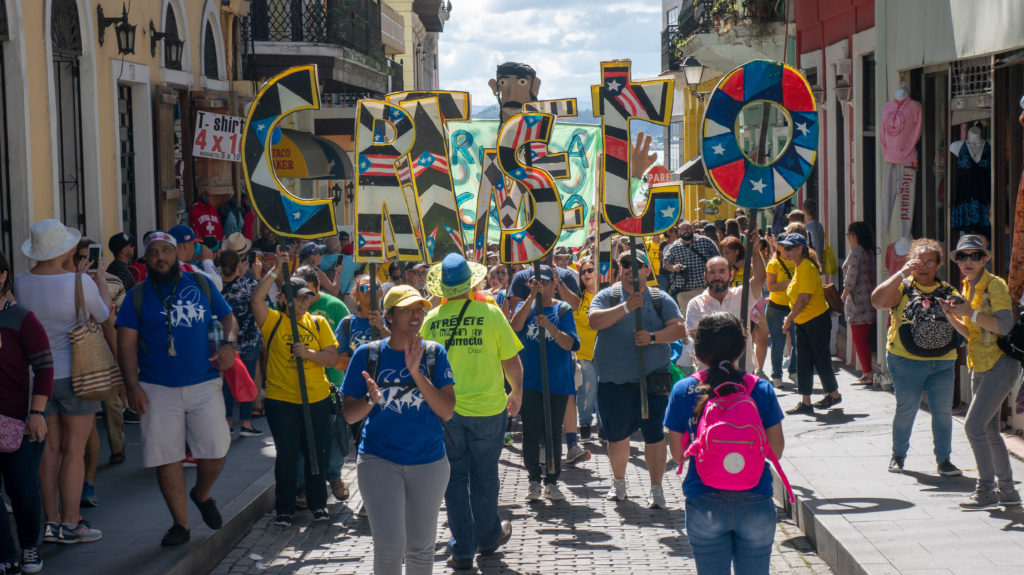

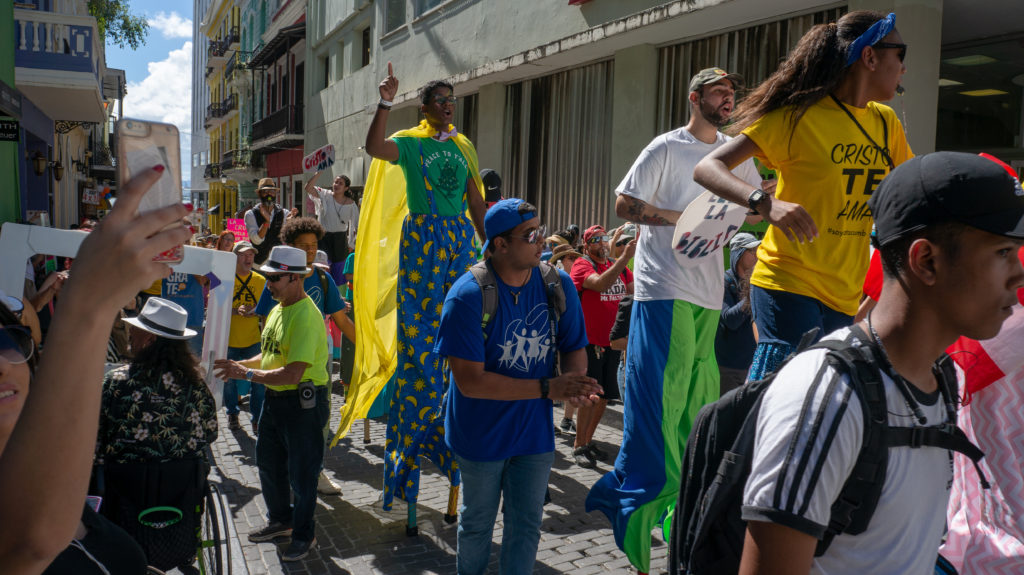
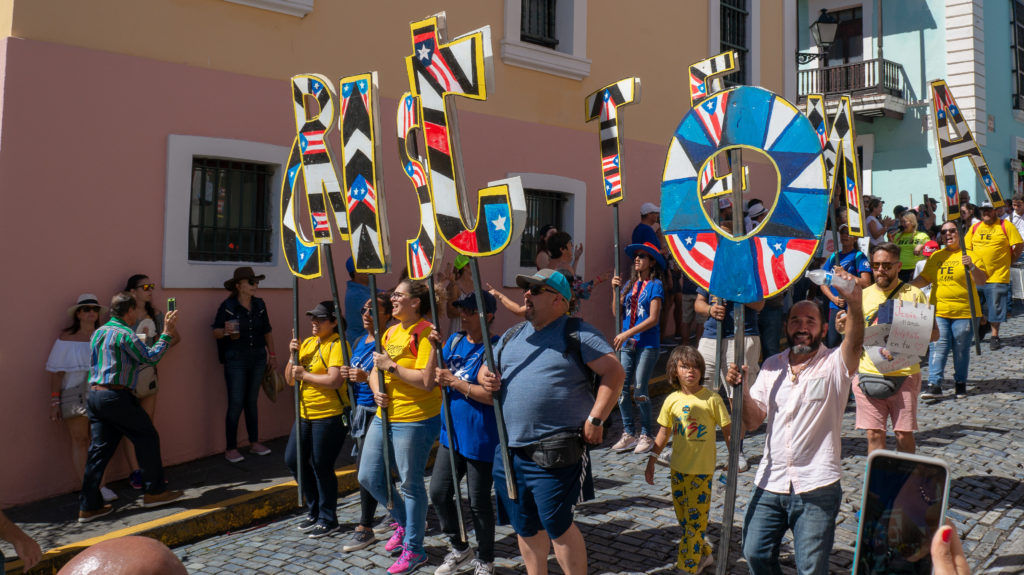
As the day wore on, I saw elaborately costumed people hanging out near the San Juan Bautista Cathedral — which, by the way, dates back to 1540 and is reputed to be the second-oldest cathedral in the Americas. As so often happens in Old San Juan, I was dazzled by the scale of age there and the contrasts it presents.
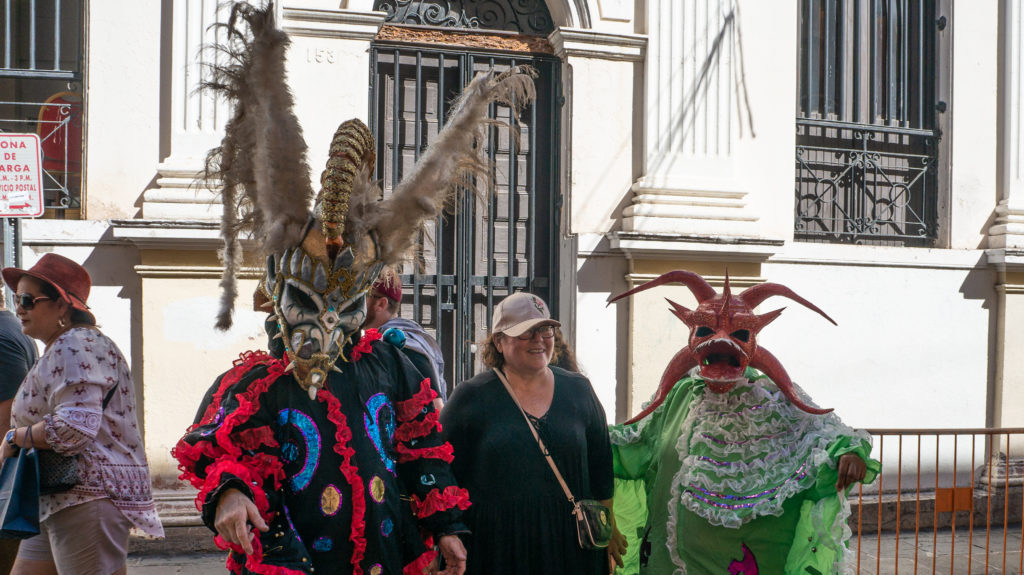
It was hot and so I repaired to the cool comfort of my spiritual home in Old San Juan, El Batey. It’s a timeless place–and because it doesn’t change, it isn’t concerned with trends or fashion. No matter how hip, ordinary, outré, or normal you are, this bar has a place for you. It welcomes all: young, old, male, female, gay, hetero, tourist, resident, black, white, gringo, Boricua. Because it has no TVs to distract people, folks at the bar actually talk to each other. What a concept.
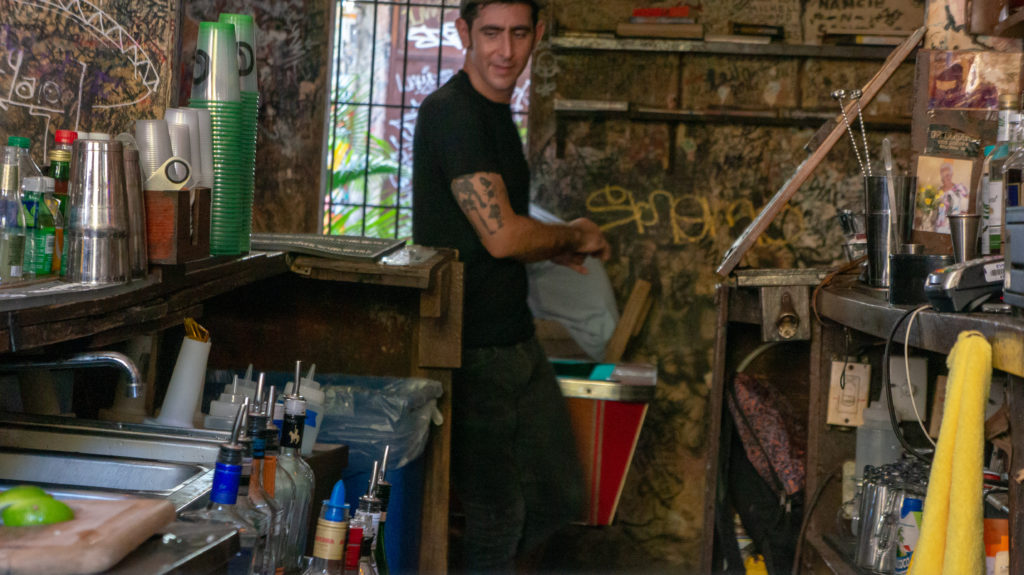
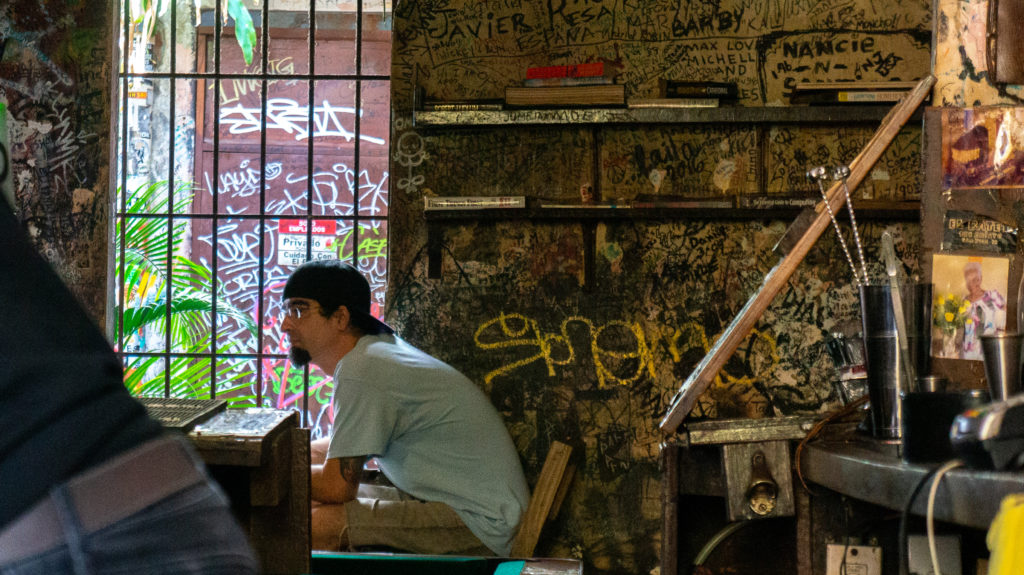
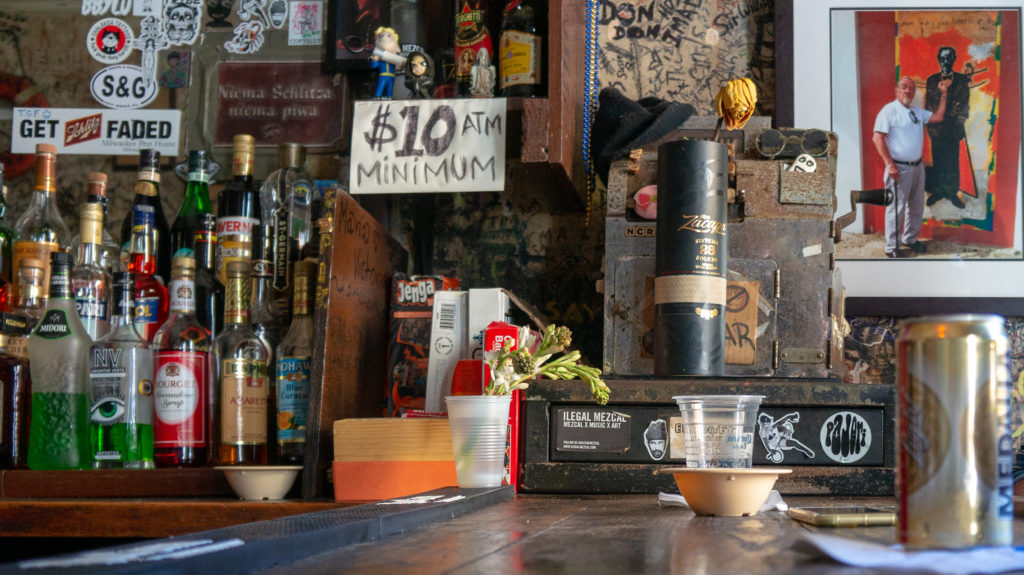
El Batey also doesn’t have air conditioning or glassed windows, and after a little while, I was able to snag the primo barstool right by the street. From there I could see the crowd parading by.
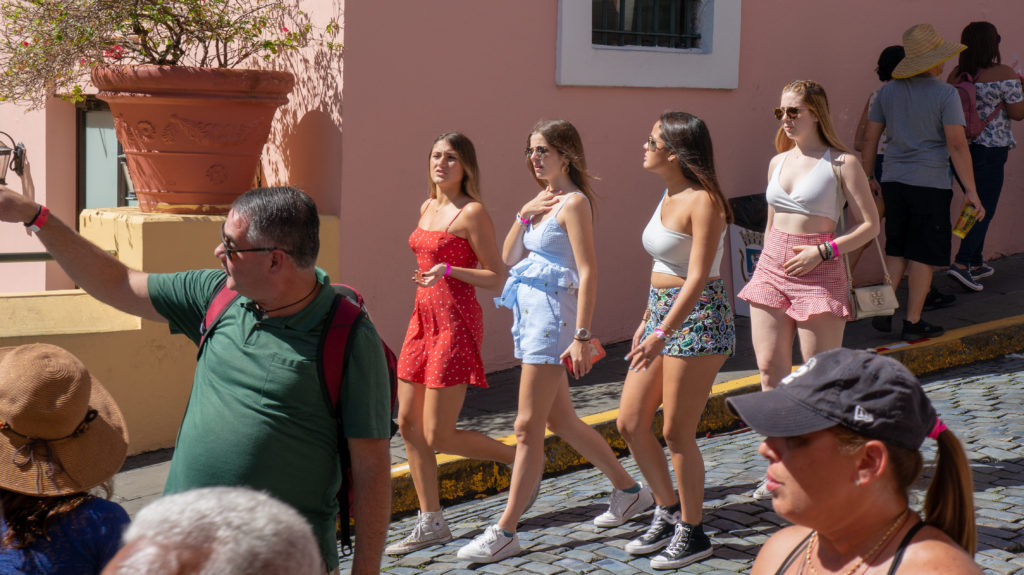
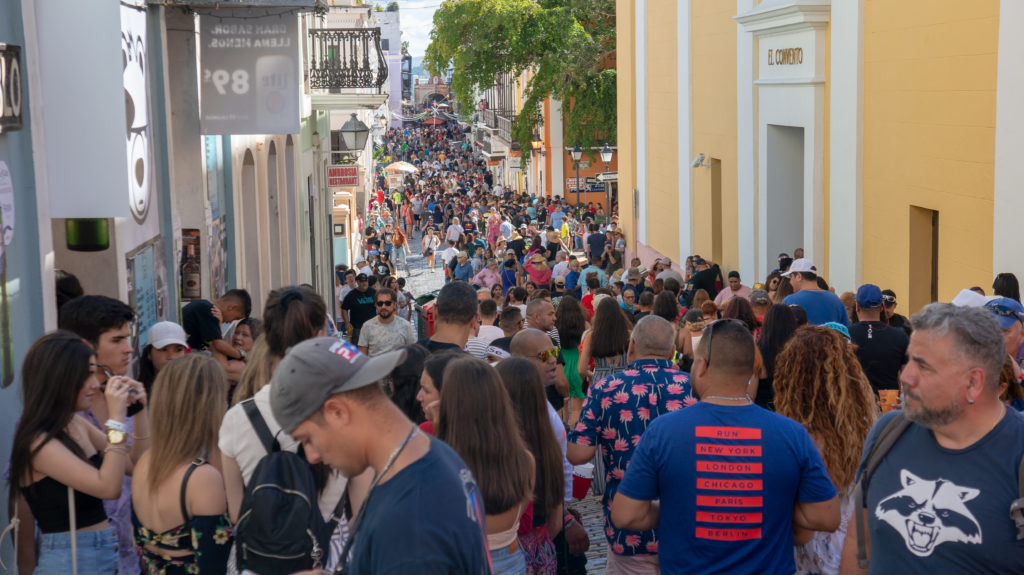
Sanse is ostensibly a religious festival, though it seemed like pagan hedonism was celebrated much more often than Christian martyrdom. But I was pleased to find a few older women whose idea of Christian virtue infused their political ideals.

And then there was this, which summarized both the evolving opinion of Christopher Columbus and my distaste for instant coffee produced by environmentally dubious corporations. The sign on the right, which replicates the Nescafé logo, says “No es cafe,” i.e., it’s not coffee. Clever. On the left is a poster that repeats a theme I’ve seen more and more of as I travel in Latin America: the idea that Christopher Columbus was more like an evil pirate/rapist/murderer/architect of genocide than the courageous visionary hero I was taught about in school.
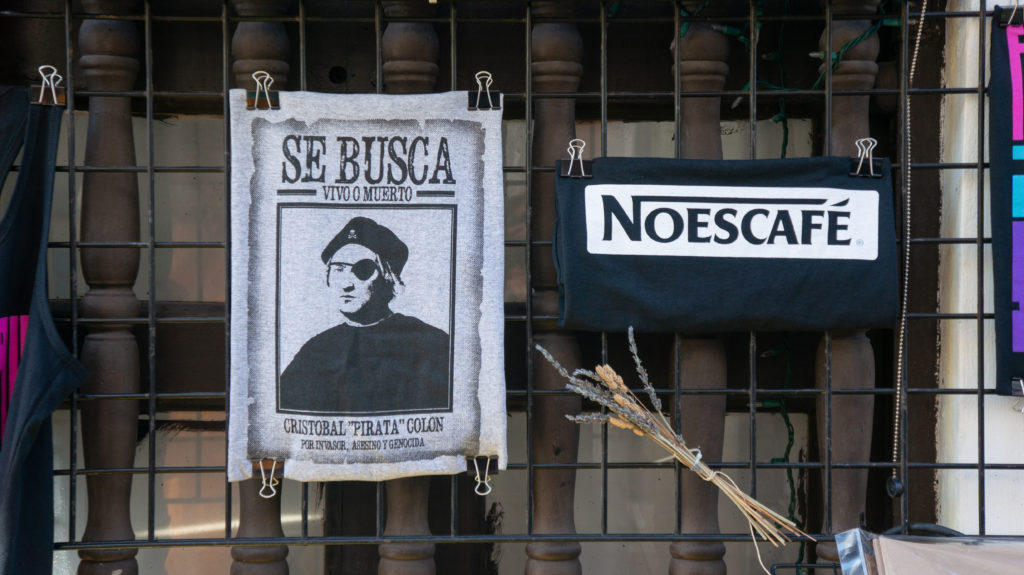
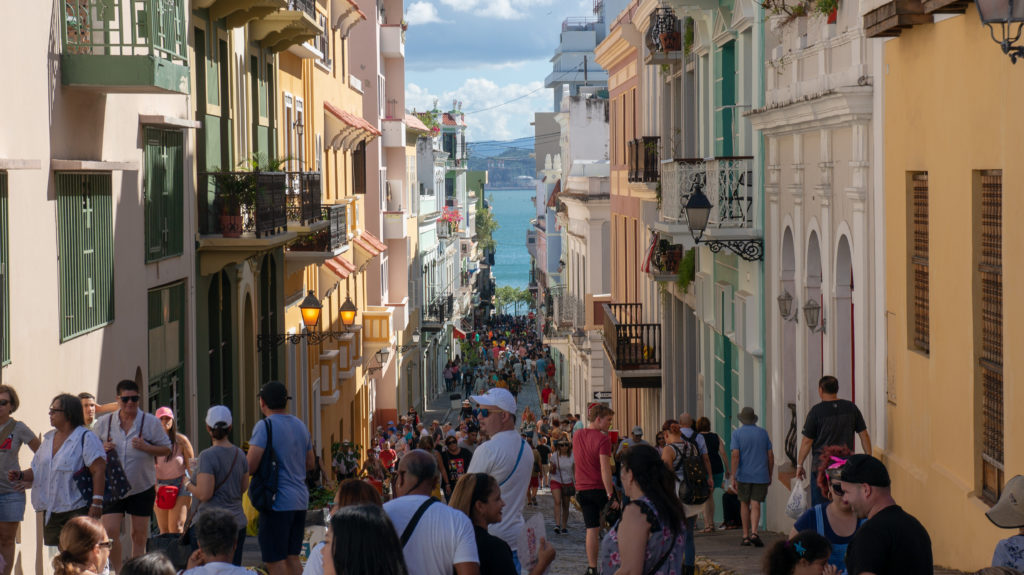
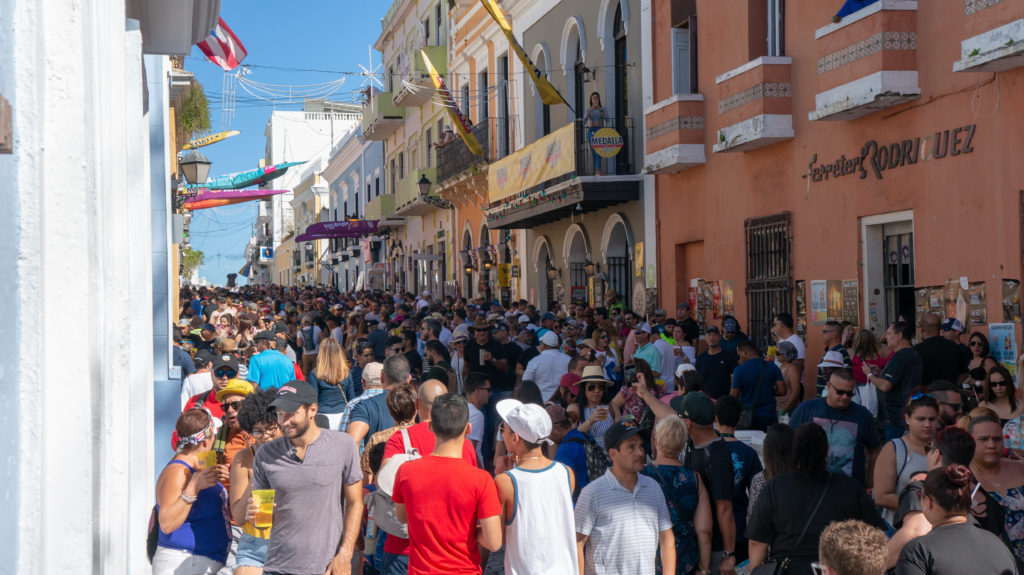
I left Old San Juan before the sun went down and, by all accounts, missed the ratcheting up of the crazy exuberance that happens at Sanse after dark. Maybe next year, OK?

































